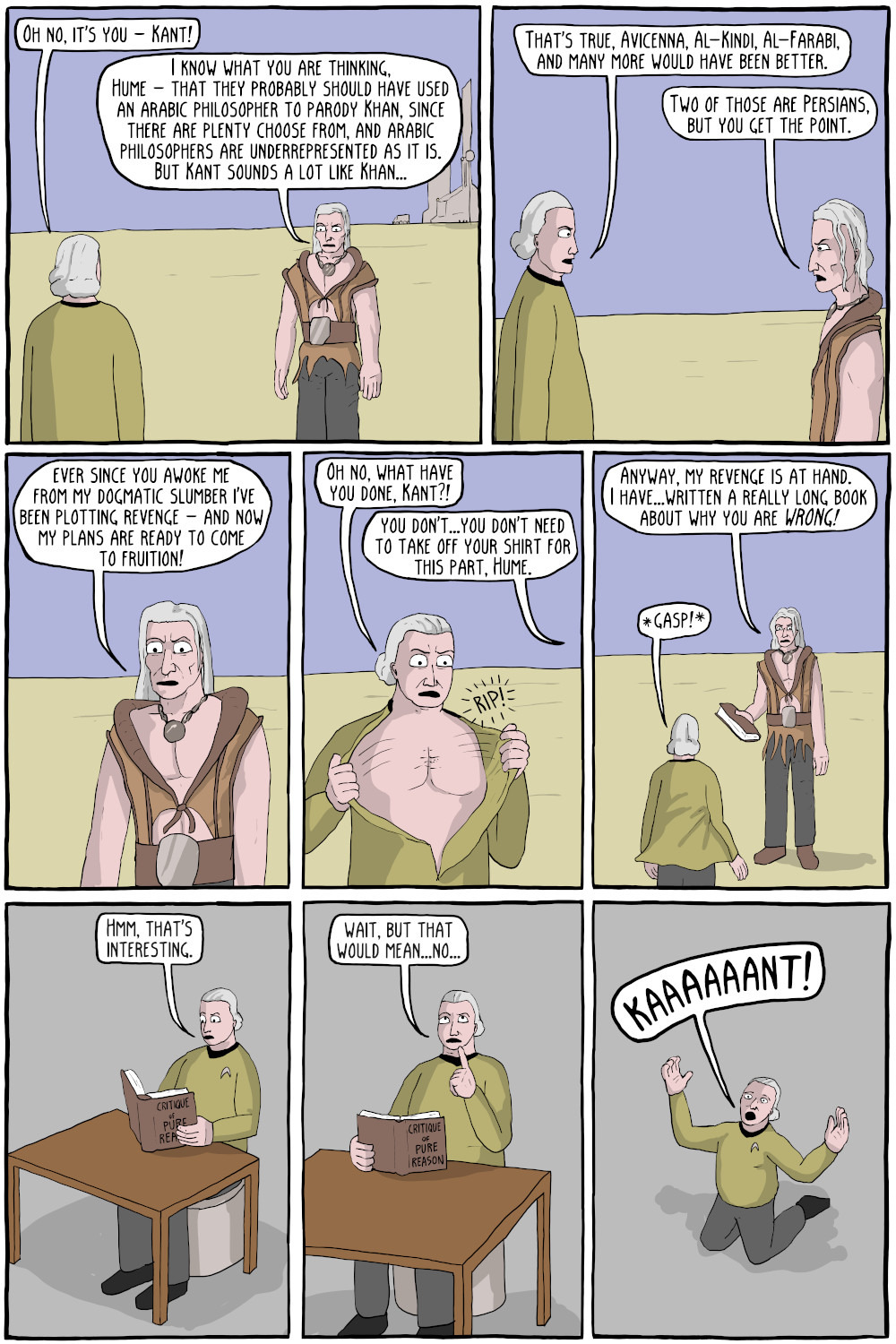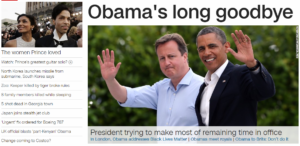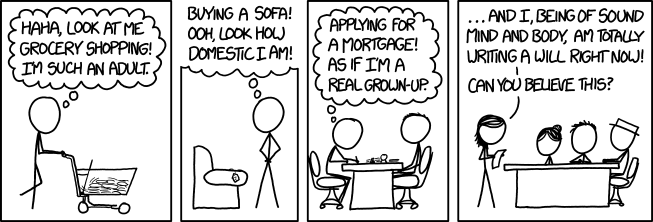
Despite it usually being Erik Loomis’ bailiwick, I wanted to wish all of you a happy May Day, and to share three thoughts with you about the slogan that was associated with May Day – “eight hours for work, eight hours for rest, eight hours for what we will” – and what we can learn about the meaning of this day through that slogan.
The history of the day – its links to the Haymarket Affair, the eight-hour day movement, its adoption all over the world, its subversion here at home – is well known enough that I don’t want to repeat it here. Instead, I want to focus on the three parts of the slogan:
Eight Hours for Work
To me, this part of the slogan is significant because it speaks to the eight-hour day as an example of a successful, gradualist, labor reform that was brought forward by a movement determined to limit, if not entirely prevent, the exploitation of labor by capital. Before there was an eight-hour movement, there was a ten-hour movement. The ten-hour movement, fighting against factory work schedules of 12-15 hours a day, made the same arguments about the inhumane nature of long work days, how long hours robbed workers of the fair value of their labor by giving them the same pay for more hours, how it hurt families, hurt people’s health and productivity, and created an entire class of people who lived like drones, able to do nothing more than work, eat, and sleep. They won that fight, and it was a fight that took strikes and protests and legislation and persuation, and then they started organizing for the eight-hour day.
And at a time when the Fight for Fifteen has moved from an impossibility to something to be bargained with (remember $10.10? Remember $12?) and then to be co-opted, and now to be enacted, it’s important to remember that gradualist reform can work as long as you keep moving and keep the pressure up against the inevitable backsliding and push-back. For good and for bad, there’s nothing natural or set in stone about the forty-hour, five day work week, and there’s no reason why we shouldn’t fight for better, more predictable, and more humane standards in the face of employers who thrive on a system where workers are simultaneously underemployed and overworked and want to make it even more so.
The thirty-five hour week works in France, the six-hour work day works in Sweden. We deserve no less.
Eight Hours for Sleep
This part of the slogan speaks to how work takes a toll on the human body. Erik Loomis has done sterling work pointing to the history of industrial injuries, diseases, and deaths, but there is also a growing body of research that looks at the subtler ways in which class affects our health. The poorer you are, the less likely you are to get the sleep than you need. The poorer you are, the more likely you are to experience chronic pain. The poorer you are, the more stress you experience and the harder it hits you. The poorer you are, the shorter your lifespan.
The eight-hour day movement was one of the first recognitions of this phenomenon, long before the medical or social scientific community got involved. Having eight hours sleep a night wasn’t just about making workers more productive or lowering the rate of industrial injury – those were rationales largely directed at middle class voters, although they were all true – but about trying to limit the damage that capitalism and inequality was doing to the human body, and to literally save lives.
Given what we are now learning about the way that stress affects health, and the historic and growing economic inequality’s effects on the inequality of lived experiences, this task has become all the more pressing. The adage of a new Gilded Age is quite popular today, and it should be, but in this aspect, we are seeing something more similar to the Middle Ages, when descriptions of physical health and beauty went hand-in-hand with descriptions of class.
Eight Hours for What We Will
And this is where we get to the issue of democracy, which is appropriate for May Day of a long primary season in a presidential election year. One of the arguments made for the eight-hour day movement was that a class of drones, people who only had the time to work, eat, and sleep, could not participate in a democratic society – you needed time to read the newspaper and follow the political issues of the day, to be an active participant in the highly-mobilized party politics of the 19th century, to not just vote but get out the vote. And all of that is true, but there is often a kind of po-faced seriousness that sometimes is attached to the idea of free time as necessary for good citizenship. I don’t mean to denigrate the working-class auto-didact – I come from a long line of them – but free time isn’t just about engaging in intellectually cultivating pastimes.
Rather, I think it’s about actually experiencing freedom on a day-to-day basis. As I wrote a long time ago, the workplace is one of the least free places in America. And the people who fought for the eight-hour day and the ten-hour day before that realized that you can’t spend every waking hour of your life in a place where you have no freedom of speech, no privacy, no right to due process, and actually know what freedom feels like, let alone develop the habits of an independent citizen. So eight hours “for what we will” is about the will – whether it’s beer or Shakespeare, the important thing is that you’re deciding how you’re going to spend your time, that for part of every day no one but you is telling you what to do.
So go enjoy your May Day, because no matter what you’re doing with the day, you’re doing it right.


 Share
Share















 *
* **
** **
**





